Hello! My Name is Blotto, The Movie! held its premiere at Cohoes Music Hall on Saturday, April 12, to a packed house full of fans, many of whom saw the rise and fade of the early 80s group. The revealing look at the biggest band to come out of Albany (so far) is directed by Rob Lichter (Bert Blotto).
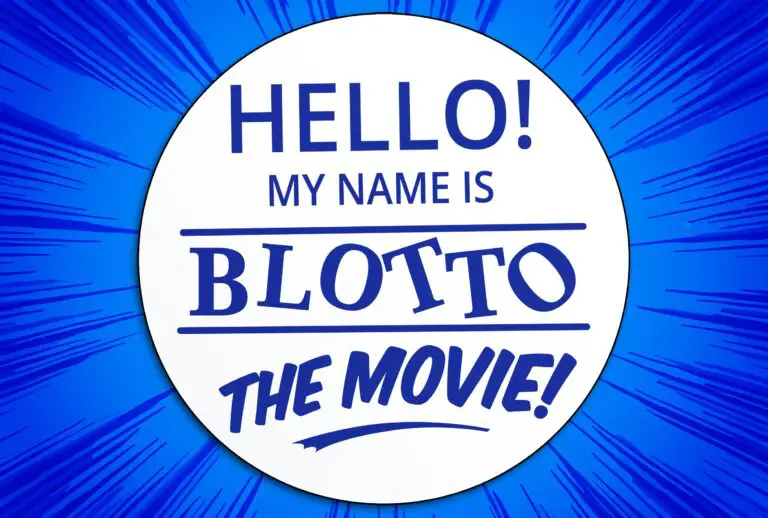
The 105-minute documentary is full of archival footage, starting in the mid-1970s with the Star Spangled Washboard Band (SSWBB) from which Blotto’s roots and lineup would grow. The wacky and hard to categorize acoustic-folk-bluegrass band of hippies with comedy intertwined in the music, performed in Lake George at Gaslight Village and Fort William Henry, in Albany at Uncle Ray’s on Central Ave and at Nashville North in Wilton.
Footage from the Mike Douglas Show is seen in the documentary, where Bowtie Blotto (Paul Jossman) kissed famed comedian Phyllis Diller mid-performance, and Sarge Blotto (Greg Haymes) who recalled the 1976 Bicentennial Concert in Washington, D.C., where Jane Fonda joined them on tambourine. SSWBB would foreshadow the sorta-cult-like following, as Blotto became a cohesive group by 1980, even if record labels had trouble figuring out how to market them.
Presented in seven parts, the flow of the documentary was steady, presenting interviews across time – some answers come from the early 80s, while others are shared more recently from the four living founding members of Blotto – Broadway (Bill Polchinski), Bowtie (Paul Jossman), Helena Binder (Blanche Blotto) and F. Lee Harvey (Paul Rapp).
The documentary includes recent and archival interviews with past members, including those who joined later or temporarily (Chevrolet Blotto) as well as Buck Dharma (Blue Oyster Cult), MTV VJ Martha Quinn and local Albany promoter, Greg Bell. There is also ample insight gained from keyboardist Blanche Blotto (Helena Binder) and a reveal that she was the model for the iconic Blotto logo.
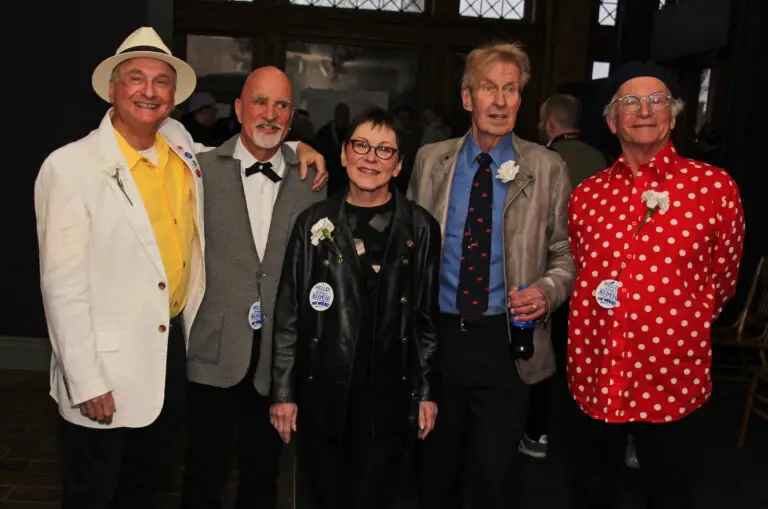
A full section of the documentary is rightly dedicated to the song that brought Blotto their biggest amount of fame and word of mouth, “I Want to be a Lifeguard.” Written in roughly 10 minutes with a surf beat, the song became a college radio hit, garnered an iconic music video created by SUNY Albany seniors, and aired on the first day of MTV – the 36th video – before household names Rod Stewart, REO Speedwagon and Elvis Costello.
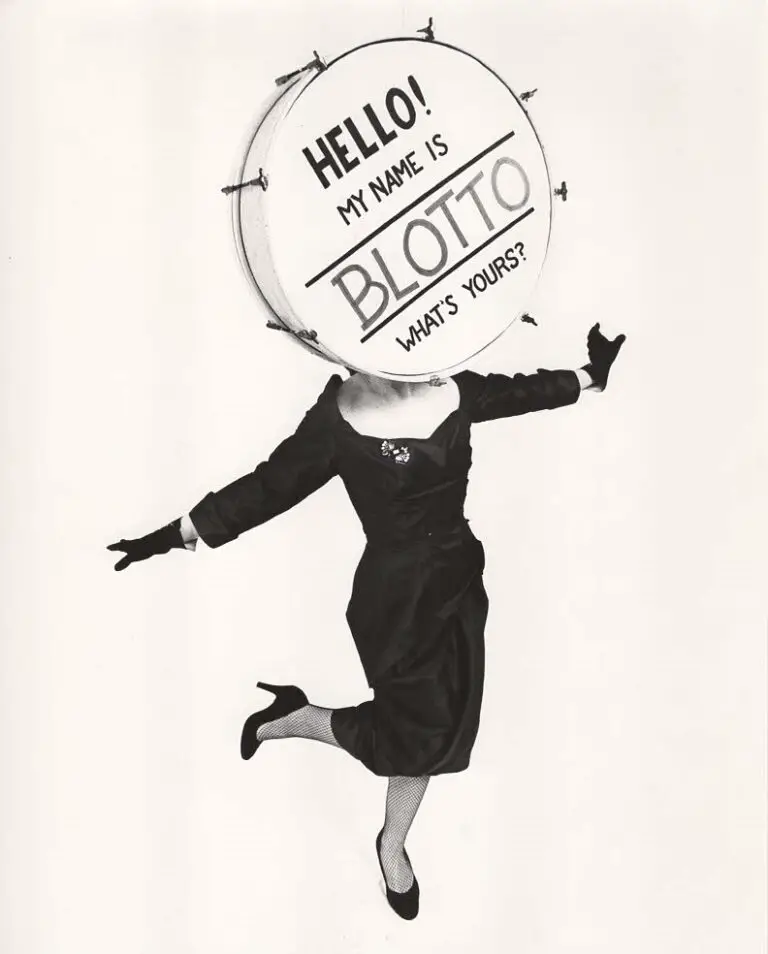
MTV VJ Martha Quinn gives her first hand experience with Blotto and the popularity of “Lifeguard,” having had a front row seat to the viral hit.
From there, the band’s trajectory was unlimited, and while they continued to play in the Capital Region and began touring regionally, they struggled to get a record deal from a major label. They would found the Blotto Records label, which would be home to local Albany artists from the era, including The Sharks and Sara Ayers.
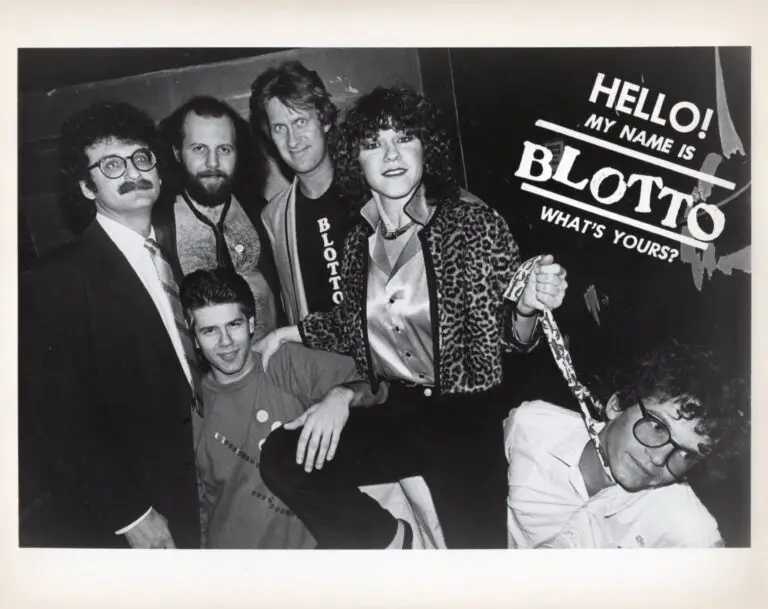
The group would also coin the phrase “Metalhead” via their video parodying the rise of heavy metal music. Buck Dharma of Blue Oyster Cult was featured not only in the music video in a cameo, but also joined the documentary to share memories of touring with Blotto in the early 1980s.
It was around this time the band was continuing to make their own videos – on VHS and Betamax – a technological leap forward for bands just starting out, without a label backing them.
Recounted in the documentary is the famed Albany club J.B. Scott’s, which hosted many Blotto shows and famed Blottoween events that featured the band in various costumes, as well as their performances at 17 Maple Ave. in Saratoga Springs, where they would cross paths with Journey.
One evening at 17 Maple Ave. led a meeting of Blotto and members of Journey (who had just performed at SPAC, possibly in August 1980) with a lasting impression left in the form of a “Hello! My name is _______” nametag featured on an iconic Journey poster, hanging from the belt loop of drummer Steve Smith.
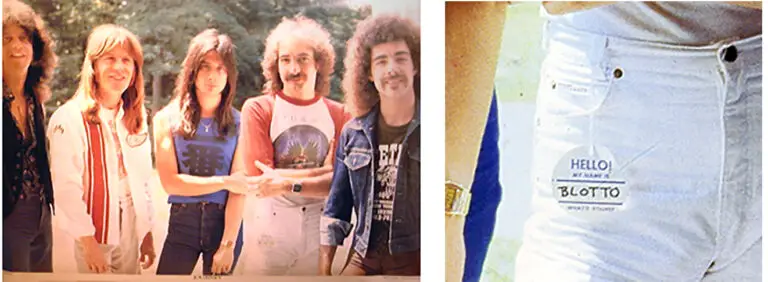
Eventually, though, the band members of Blotto had to ask themselves ‘What are we doing?’ The group was already tough to categorize or pigeonhole into a specific genre, which worked against them when they were being looked at nationally. Being called a “novelty act” in 1984 was the equivalent of a four letter word, and with the humor so ingrained in the music, it was impossible to extract the humor in order to get a shot at the big time.
So, in 1984, Blotto went their separate ways, performing locally, and only occasionally at that.
In the film, the “Afterlife” section of the film looks at the death of Cheese Blotto (Keith Stephenson) and Greg Haymes (Sarge Blotto). While Stephenson continued to play bass with various bands in the region, Haymes would go onto a career in arts journalism with the Times Union for more than two decades, before starting an independent arts website, Nippertown, currently managed by the Gazette in Schenectady.

During the Q&A the followed the documentary, the living founding members shared insight on their own post-Blotto careers. Broadway became a social worker (and still heard “Hey, you’re Broadway Blotto” while working in local schools), F. Lee Harvey became an Arts and Entertainment lawyer (full disclosure – Rapp is legal counsel for NYS Music) and Jossman became a software engineer.
Following Blotto’s end, the Ramblin’ Jug Stompers came to life, with Bowtie and Sarge joining up with Mister Michael Eck and Steven “Cousin” Clyde performing backporch bluegrass, gutbucket blues, moonshine twang and hobo jungle jazz, per their O+ Music Festival appearance in 2017.

The final Blotto gig in 2015 is seen briefly, held at American Music Festival in Lake George. Located at the Charles R. Wood Commons, which hosts ADK Fest each Labor Day weekend, was the former location of Gaslight Village, where the Star Spangled Washboard Band had their first shows in the late 1970s.
The legacy of Blotto could be found in the crowd and on the screen this evening, but the true measure of a band’s legacy is the propagation of their music, in the form of covers, reaction videos and even dance routines that are performed to the iconic “I Want to be a Lifeguard”. The group was inducted into the Eddies Hall of Fame in 2020.

The post-film Q+A, led by WEXT DJ Chris Wienk with director Lichter and Rapp, Jossman and Polchinski, revealed more insight into the film, particularly the view that college radio offered nationwide reach at the time, with Rapp specifically praising WCDB, WQBK, and NYC station WNEW – the lifeblood of bands in the early 80s – saying, “They raised the musical literacy of Albanians for a generation.”

Naturally, someone in the audience asked if there will there be another Blotto show. It’s been nearly a decade since the last one, but the band agreed that with Sarge gone, the vocals would be difficult to duplicate in a proper way. Bowtie put it best, “Leave ’em wanting more, and I think we nailed that.”
When can you see Hello! My Name is Blotto, The Movie!? Lichter shared that more screenings will be held in the future in the greater Capital Region at local theatres through the summer, with streaming plans still in the works. Perhaps this, like early videos the band self-produced, is due for a novelty VHS or BetaMax release as well.
Read an interview with Lichter here.
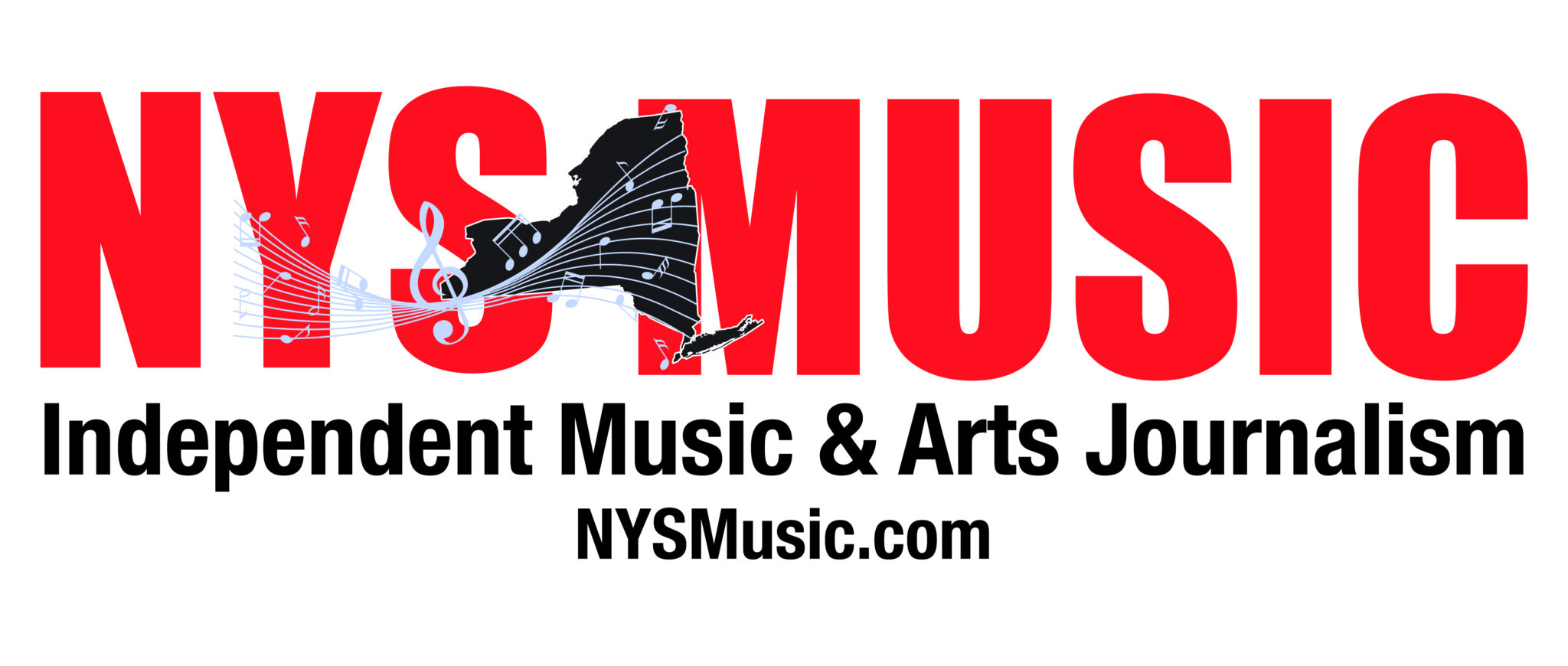
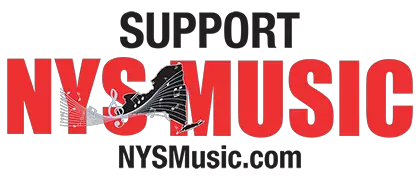
Comments are closed.